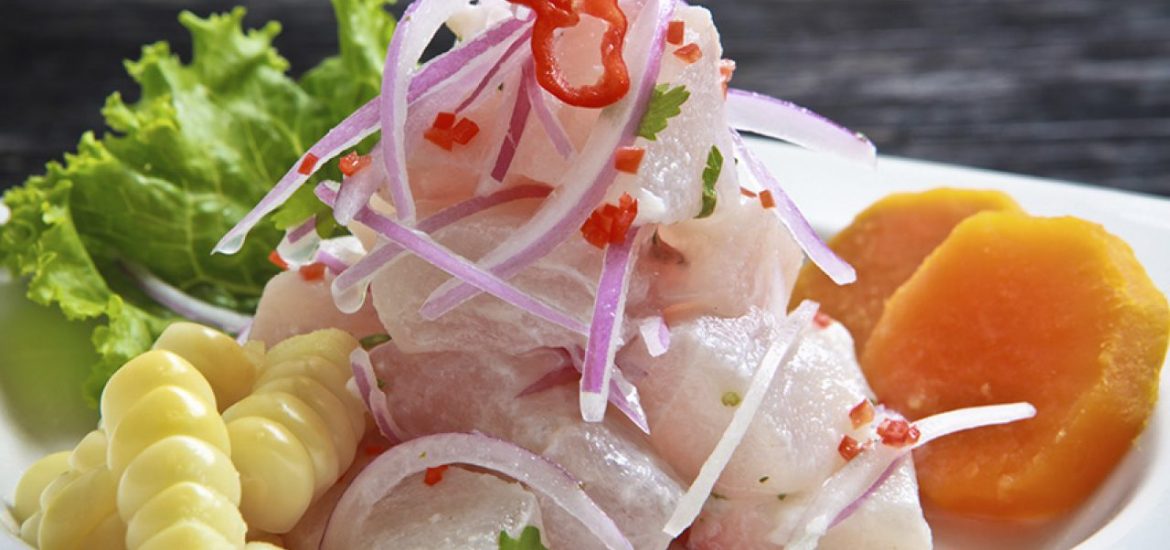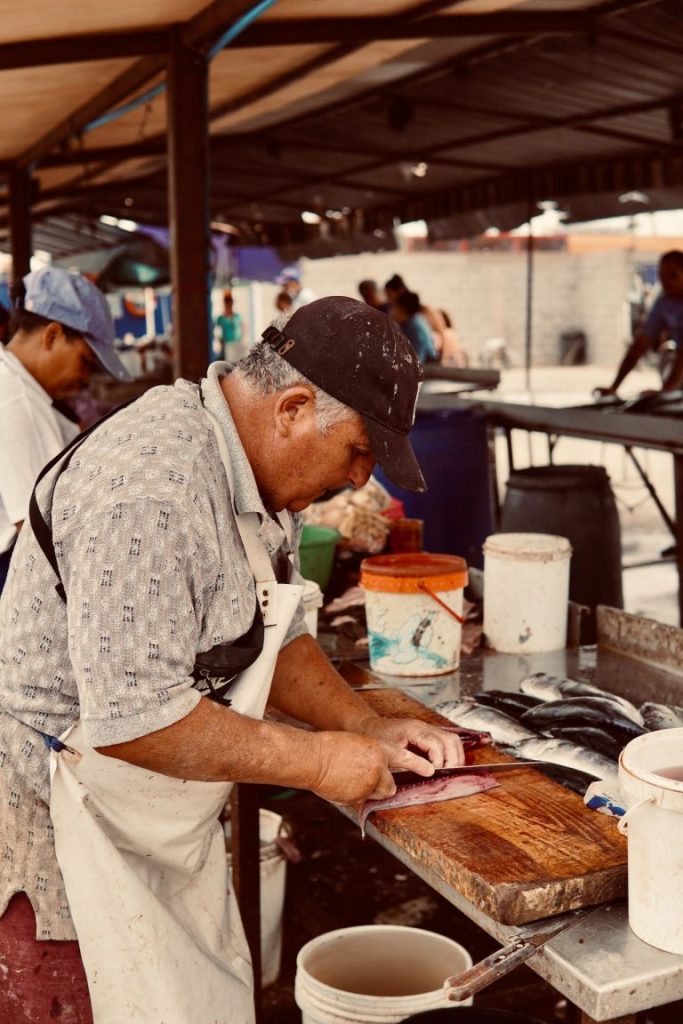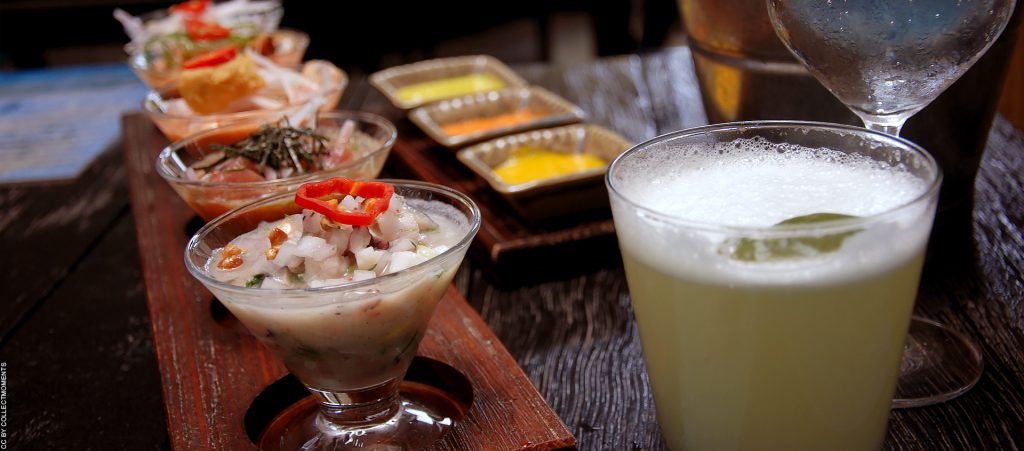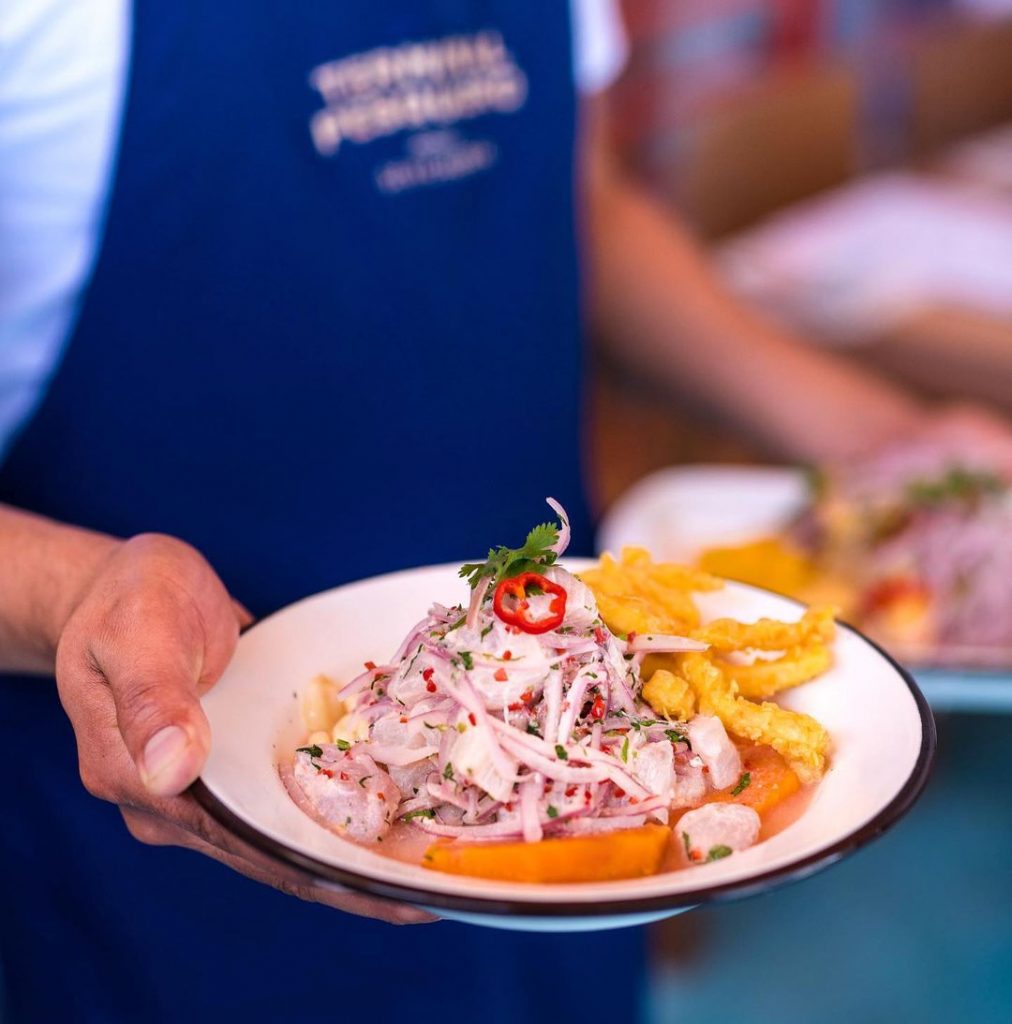For us Peruvians, ceviche is more than just a meal. Ceviche is an ancient tradition, part of our rich culture, and our flagship dish to the world showing our culinary traditions. Ceviche is a refreshing and flavorful dish that showcases the culinary heritage of Peru.
This seafood is made from fresh raw fish, cured in lime juice, and spiced with Peruvian chili peppers. It is typically served with red onions, salt, and cilantro. Ceviche was named a National Cultural Heritage by the National Institute of Culture (INC) in 2004. It got this honor because it’s the most popular dish in Peru. Also in 2008, June 28th was named “Ceviche Day” in Peru.
On December 5, 2023, UNESCO included the creation and consumption of ceviche in its Representative List of the Intangible Cultural Heritage of Humanity. This achievement shows us the importance of this dish. However, let’s see some history about Ceviche, what kinds of ceviche you can find while in Peru, and why is important for us, Peruvians.
Ceviche, the Origin
The history of Ceviche dates back to around 2000 years ago when the Moche culture marinated shellfish and fish in fermented juice made from native passion fruit called “tumbo”. Later, during the Inca Empire, fish were marinated in chicha, (Andean fermented beer or “The Incas’ beer”), or orange juice.
Some historians stated that in some regions of the South American country, such as Lima, Piura, Tumbes, and Trujillo indigenous people used to eat raw fish with salt and Peruvian chili peppers, called “aji” or “rocoto”. Around 500 years ago, The Mexican historian Pedro Gutiérrez de Santa Clara wrote in his “Civil Wars of Peru” (1544-1548) that “Peruvian Indians” ate everything they caught in the river or sea raw with aji or salt.
When the Spaniards arrived in Latin America, they brought citrus fruits, and the juice was the only ingredient used to marinate the fish in ceviche. During this time, ceviche began to fully evolve as a national food, with local and regional flavors used to enhance it.
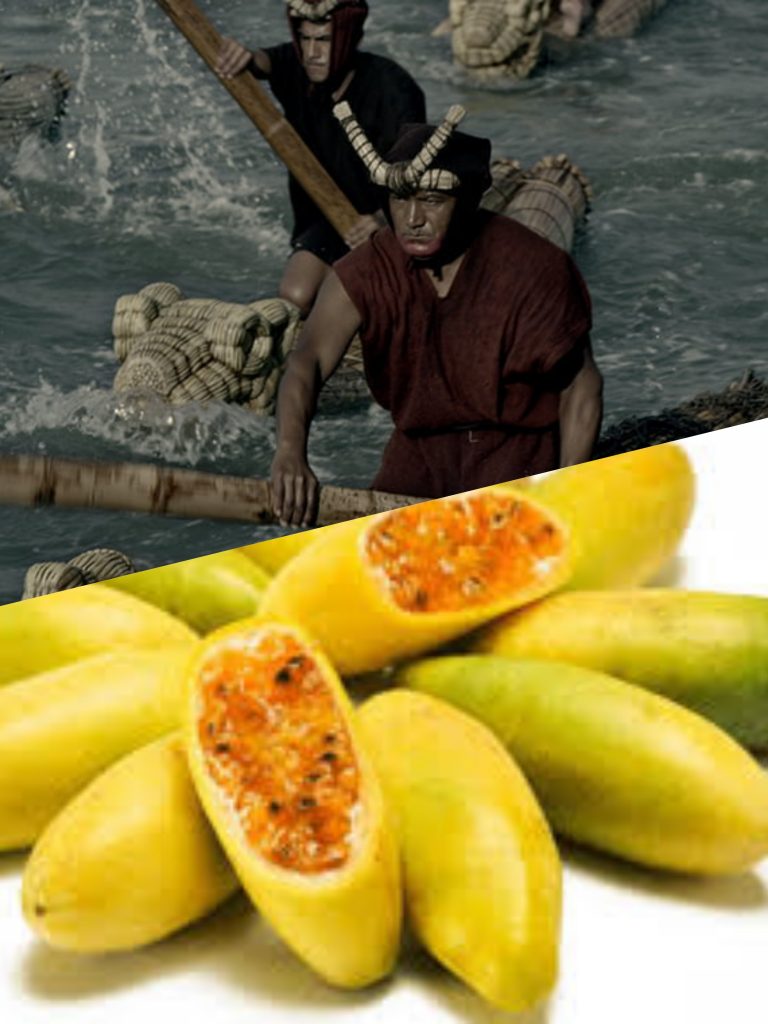
In his book “La Guía de Lima,” Manuel Atanasio Fuentes included a recipe for “ceviche.” The book also references other spicy foods from 1860 with small pieces of fish or shrimp marinated in bitter orange juice and seasoned with chile and salt.
Before Peru’s independence from Spain, in 1820, a song called “La Chicha” became extremely popular, and it was sung as an anthem, even though Peru was still under Spanish domination and did not have its own national anthem yet, “ceviche” was mentioned along with other dishes in the Peruvian cuisine.
Why is it called like that?
There are a few theories on why it’s called ceviche. Peruvian geographer and historian Javier Pulgar Vidal believes it derives from the Quechua word “siwichi,” which means fresh or tender fish.
According to the Peruvian Academy of Language, the name originated from the Spanish word “cebo,” (bait in English) which was a disparaging term for food, and the small fish pieces contributed to the name ceviche.
Historian Juan José Vega also suggests that the word ceviche comes from the Arabic phrase “sibech.” According to historical accounts, Moorish women were captured by Spanish royal defenders and mixed bitter orange juice and then lemon juice with raw fish.
Cooking Process
Ceviche is made by marinating fresh fish in a lime-based mixture with onions, aji amarillo, and rocoto peppers. Typically, the fish is marinated for a few hours, but recently some people have opted to marinate the fish for only a few minutes to get a lighter, less chewy texture.
The acidity of the lime “cooks” the fish, resulting in a firm texture and zesty flavor. Add finely chopped red onions, cilantro, and aji amarillo (Peruvian yellow chili pepper) for a bit of spiciness. Finally, season to taste with salt and pepper. Serve chilled with sweet potato, and corn (cancha) on the side for a true Peruvian touch.
(Some) Types of ceviche
- Ceviche de Pescado: it is the simplest fish-based ceviche.
- Ceviche Mixto: prepared with different kinds of fish and various types of seafood
- Ceviche Amazonico: this ceviche is prepared with Amazon river fish, including chili from the area.
- Ceviche de conchas negras: A ceviche with a strong flavor from black shells found in mangrove woods.
- Ceviche de Camarones: Ceviche with Arequipa’s touch, the arequipeño shrimp.
Some Ceviche derivates :
- Tiradito: it is a popular dish that differs from ceviche in that it does not have onion.
- Leche de tigre: The ceviche’s juice, served in a glass or cup. It contains pieces of fish or seafood.
Our Ceviche Restaurant Picks
The restaurant La Rosa Náutica, located in the Miraflores area, has attracted notice from guests due to its odd surroundings. For almost 40 years, this restaurant has offered Peruvian and international cuisine.
Address: Espigón Miraflores,Beach Circuit, Miraflores, Lima.
Punto Azul is an excellent choice if you want the best ceviche in the city. This well-known restaurant began as a small business in 1992, but it quickly climbed to prominence as one of Lima’s best seafood restaurants thanks to its unrivaled ceviche.
Address: San Martín St. 595, Miraflores, Lima
La Mar is another beloved restaurant in the renowned chef Gastón Acurio’s portfolio. It’s an excellent place to enjoy ceviche in its most classic form, with modern twists. The restaurant’s ranking as one of the world’s top 50 restaurants reflects the chef’s culinary heritage.
Address: La Mar Ave. 770, Miraflores, Lima
Hungry Yet?
The key to Peruvian Ceviche’s success is not only its recipes but the love and passion Peruvians mirror while cooking this dish. Gastón Acurio, one of Peru’s most famous chefs, highlights in his book “Ceviche Power” :
Being Peruvian means appreciating the greatness of ceviche. It’s more than simply food; it represents triumph, joyful meetings with friends, comfort in sadness, and even reconciliation and fraternity.
Gaston Acurio, ” Ceviche Power”
Every Peruvian couldn’t agree more with him! So, why don’t you come over and try the real ceviche in Peruvian lands? Viagens Machu Picchu is proud to assist foodies and wanderlust travelers like you to know the vast food culture of our beautiful country.
Our destinations are filled with gems, adventures and moments to be discovered. Contact us to start your journey to Peru. Viagens Machu picchu, Journeys that inspire, moments that last.


